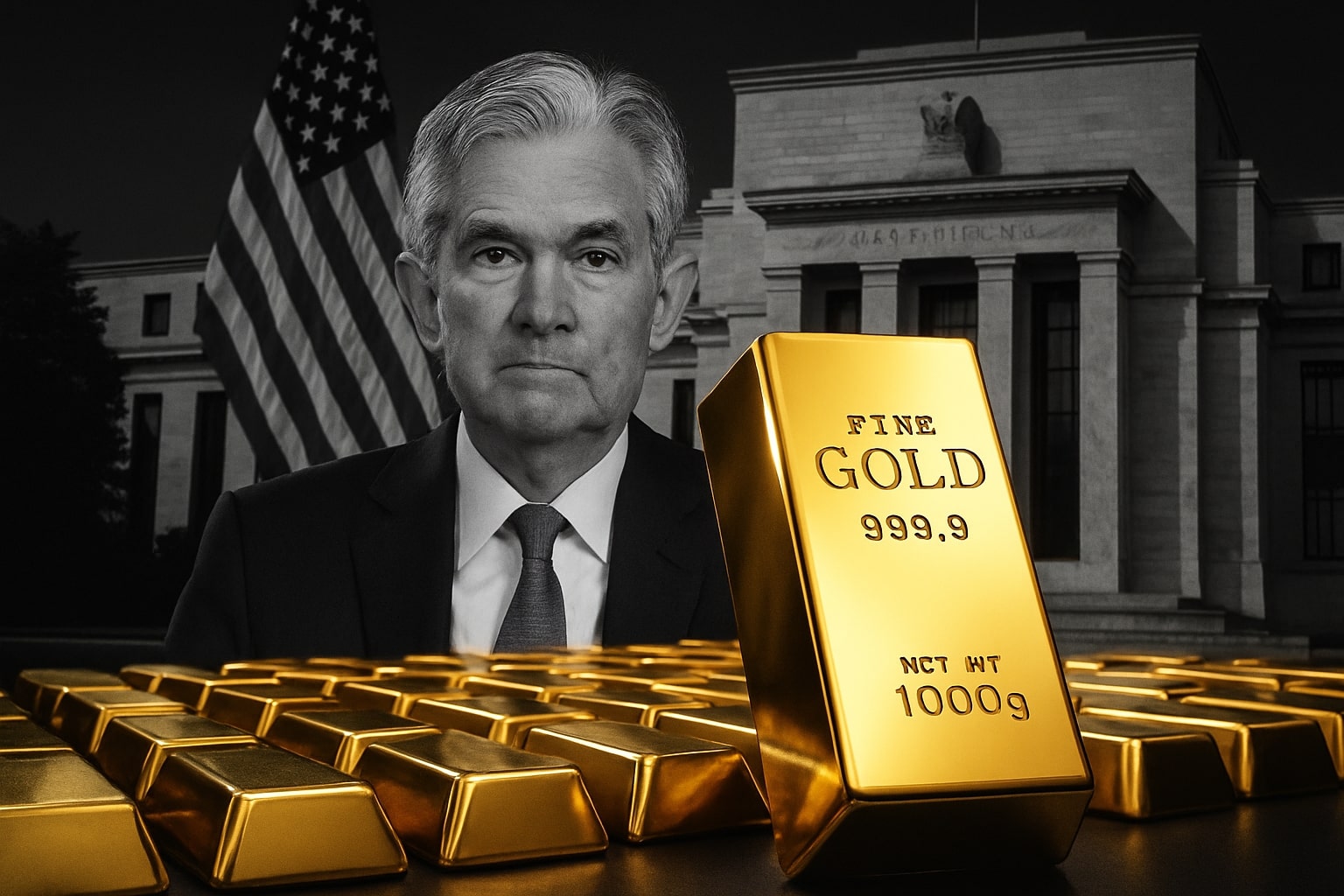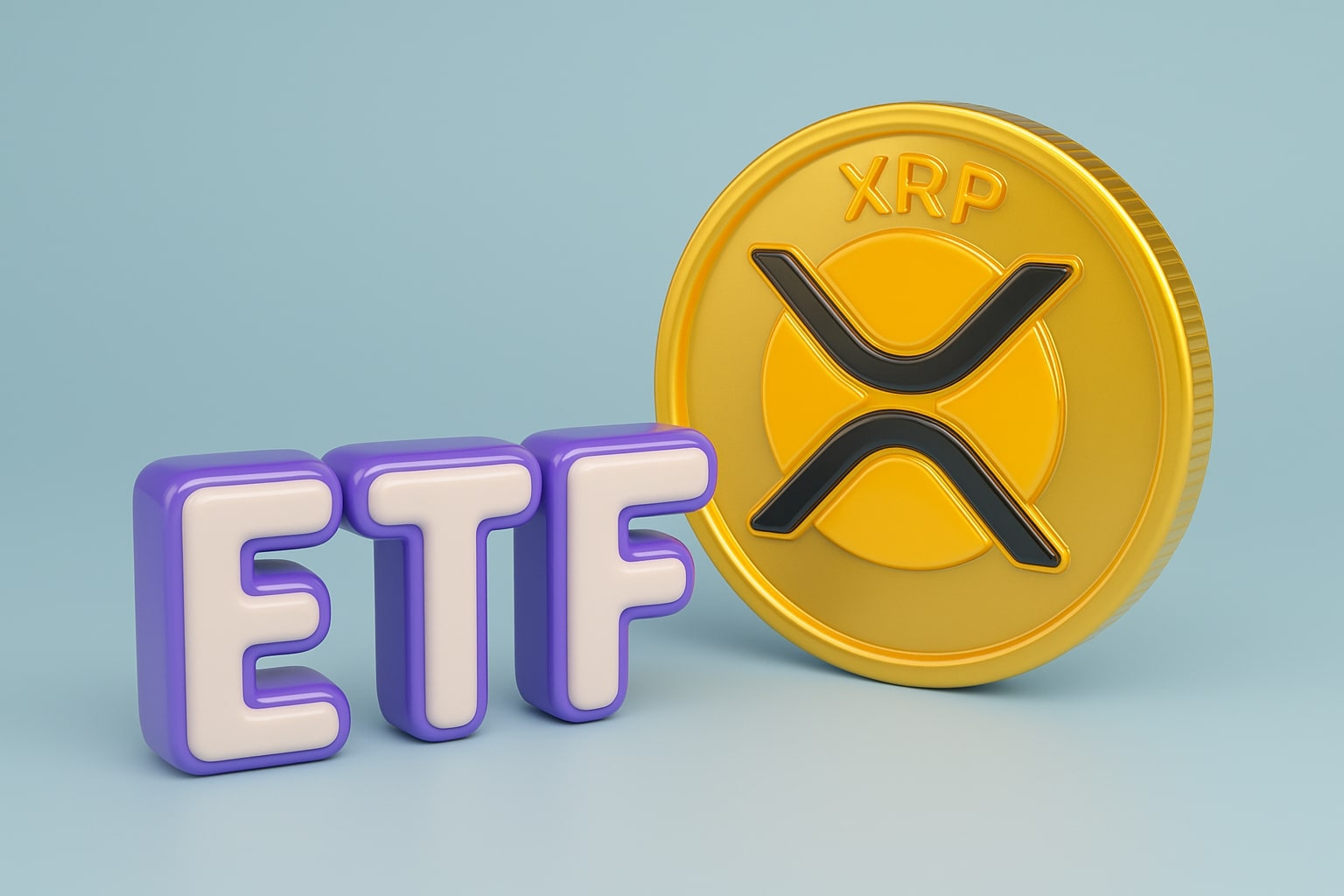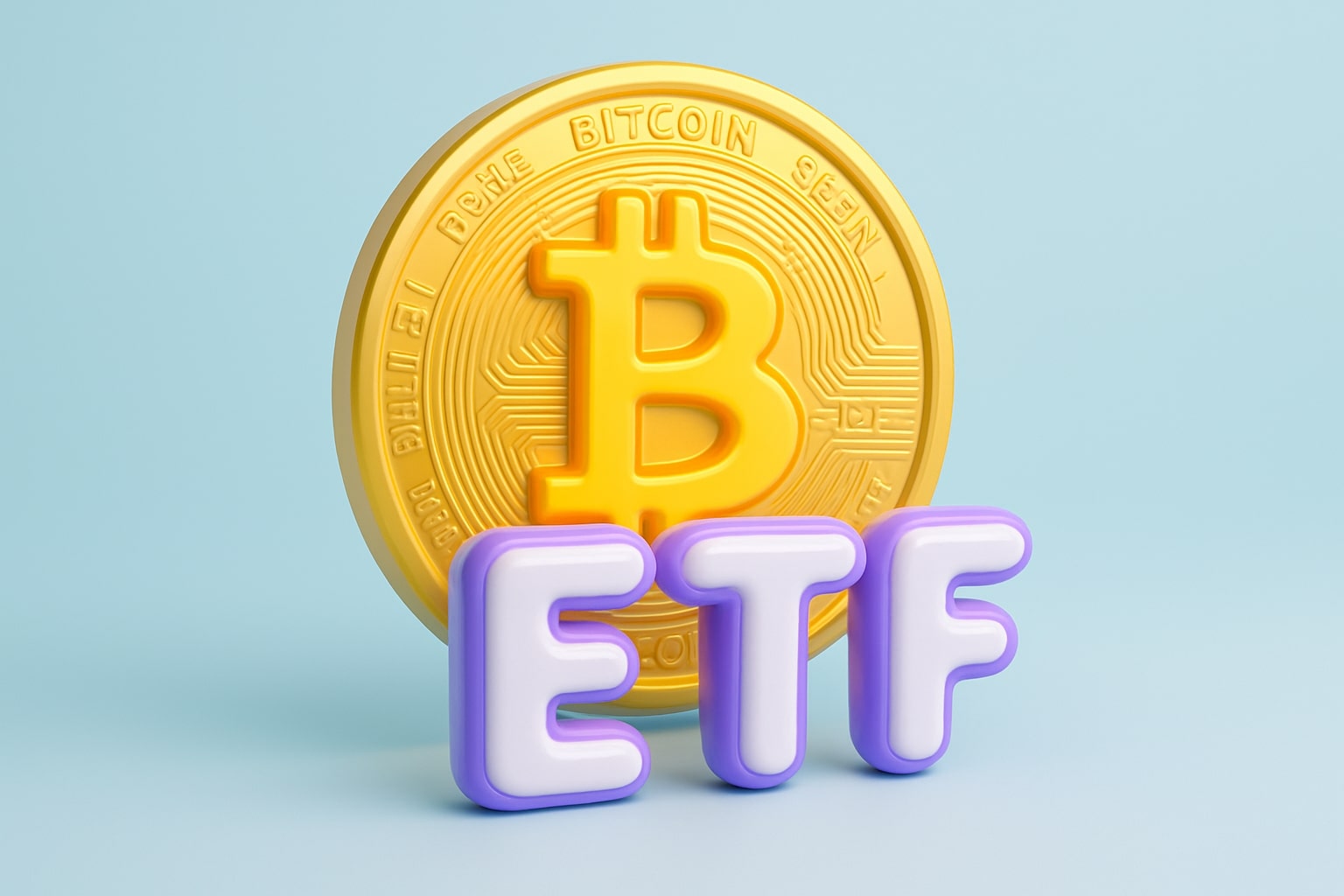
Gold Price Forecast - XAU/USD Soars to $3,984 Record as Traders Target $4,200
Bullion jumps 50% YTD amid Fed cut bets, global turmoil, and record ETF inflows driving safe-haven demand | That's TradingNEWS
Gold (XAU/USD) Breaks Record at $3,984 as Investors Rush Into Safe Havens Amid Fed Cuts and Global Political Strain
Gold’s extraordinary rally has redefined the global commodities landscape, with spot gold (XAU/USD) surging to a fresh all-time high of $3,984.40 per ounce, up 1.93% on the day, and U.S. gold futures (GC=F) closing at $3,971.60 per ounce in New York. The metal’s relentless advance underscores its transformation from a defensive hedge into an aggressive wealth-protection instrument as political instability and monetary easing converge across markets. Over the past twelve months, gold prices have skyrocketed 47.3%, extending a 50% year-to-date gain — its strongest annual performance since 1979. The rally has been fueled by expectations of further Federal Reserve rate cuts, a weakening U.S. dollar, record central bank accumulation, and mounting fears over a prolonged U.S. government shutdown that threatens to furlough hundreds of thousands of workers and stall economic data.
Momentum Builds Toward $4,000 as Institutional Buyers Drive ETF Surge
The psychological $4,000-per-ounce threshold has become the gravitational center of the market. ETF inflows into gold-backed funds expanded at the fastest pace in over three years, according to Bloomberg data, signaling that private and institutional investors alike are stockpiling exposure. Traders describe large-scale rotation from cash and bonds into bullion as a “flight from dysfunction,” as the U.S. fiscal impasse deepens and Treasury yields remain unstable. UBS raised its year-end forecast to $4,200/oz, joining HSBC, Deutsche Bank, and Bank of America, all of which now expect gold to settle comfortably above $4,000 before 2026. Edward Meir of Marex notes that “funds are intentionally testing the $4,000 mark,” suggesting that momentum-based funds may attempt to break resistance to trigger a technical melt-up.
Macroeconomic Forces: Fed Easing, Dollar Weakness, and Labor Fragility
Gold’s ascent is inseparable from a collapsing interest-rate environment. The CME FedWatch tool shows a 94.6% probability of a 25-basis-point cut at the Fed’s October 29 meeting, with markets fully pricing another in December. The absence of Non-Farm Payrolls data due to the shutdown hasn’t diminished expectations; instead, private labor estimates revealed a sharp contraction of 32,000 jobs, underscoring the economy’s fragility. This pivot toward policy accommodation has crushed real yields and weakened the dollar index to its lowest point since mid-2023, amplifying gold’s comparative allure. The U.S. dollar has dropped nearly 30% against gold year-to-date, its worst performance in modern history. As a result, gold now behaves as a mirror image of the bond market — rising when confidence in policy fades.
Geopolitical Turmoil Adds Fuel to the Rally Across Europe and Asia
Political instability continues to enhance gold’s safe-haven appeal. In Europe, the sudden resignation of French Prime Minister Sébastien Lecornu sent the CAC 40 tumbling 1.36%, widening French bond spreads over Germany’s benchmark. In Asia, Japan’s new prime minister Sanae Takaichi pledged deeper fiscal stimulus and continued ultra-loose policy, sending the yen down to ¥150.27 per USD. This has further reinforced commodity demand as Japanese investors rotate into tangible assets. Global uncertainty, from leadership changes to trade realignments, has made gold the universal risk hedge once again. The correlation between gold and the VIX volatility index has risen to 0.71, its highest in over two years, confirming that institutional hedgers are reallocating toward bullion as volatility insurance.
Central Banks Expand Holdings, Signaling Long-Term Structural Demand
The World Gold Council confirms that central bank net purchases rose sharply through Q3, led by China, India, and Turkey, which together accounted for nearly 52% of total demand. Central banks have accumulated more than 800 tonnes of gold in 2025, maintaining the post-Ukraine war trend of diversification away from the dollar. Analysts at HSBC estimate that official-sector buying contributed as much as $250 per ounce to this year’s price advance. The shift reflects deep structural distrust in sovereign debt sustainability and inflation targeting, aligning with growing institutional participation through ETFs and OTC swaps. This confluence of retail, institutional, and sovereign demand has compressed available supply and magnified every upward move in price.
Read More
-
PFFA ETF Nears $21.50 as Rate Cuts and 9.49% Yield Spark Renewed Demand
29.11.2025 · TradingNEWS ArchiveStocks
-
XRPI and XRPR ETFs Ignite Ripple’s Institutional Rally as Inflows Near $1B and XRP Holds $2.20
29.11.2025 · TradingNEWS ArchiveCrypto
-
Natural Gas Price Forecast - NG=F Blasts to $4.85 as Demand Surge Fuel Multi-Month Breakout
29.11.2025 · TradingNEWS ArchiveCommodities
-
USD/JPY Price Forecast - Yen to Dollar Slides to 156.10 as Yen Strengthens on Fed Cut Expectations
29.11.2025 · TradingNEWS ArchiveForex
Technical Landscape: Overbought but Structurally Bullish
Technically, gold’s short-term charts show momentum at extreme levels. The RSI on the 4-hour timeframe stands at above 70, signaling an overbought condition, while price trades well above both the 20-period and 100-period moving averages. Immediate support emerges at $3,885, coinciding with the 20-period MA, followed by stronger structural support near $3,820, where the 100-period MA aligns with late-September swing lows. Traders see this band as the likely consolidation zone before a push toward $4,000 and possibly $4,100. A sustained break above $3,950 would activate algorithms and funds chasing the round number magnet at $4,000, with the next measured move projecting $4,150–$4,200. Conversely, a failure to hold above $3,850 could trigger a shallow retracement, though sentiment remains firmly bullish as long as prices stay north of $3,750.
Comparative Assets: Gold Decouples from Equities and Bitcoin
Unlike the synchronized rallies of previous months, gold’s strength now stands independent of equities and crypto. On Monday, gold opened at $3,913.50, up 0.8% from Friday’s $3,880.80 close, marking its first open above $3,900 in history. Meanwhile, both the S&P 500 (^GSPC) and Dow Jones (^DJI) hit new records, and Bitcoin (BTC-USD) soared beyond $125,000, yet gold continued to attract parallel flows. This rare cross-asset alignment shows markets entering a liquidity-driven phase, where easing policy pushes every non-yielding asset higher. However, gold’s lower volatility and deep institutional ownership distinguish it as the “anchor asset” within that inflation-hedge basket. ETF holdings expanded for the fourth consecutive week, confirming that the rally remains rooted in structural investment rather than speculative enthusiasm.
Mining Sector Responds to Price Boom and M&A Acceleration
At the corporate level, gold miners are responding aggressively to record spot prices. B2Gold (NYSE:BTG) confirmed commercial production at its Goose Mine with expected 2025 output of 80,000–110,000 ounces, while Montage Gold (TSX:MAU) reported construction at its Koné project ahead of schedule. Barrick Gold (NYSE:GOLD) finalized the sale of its Tongon mine to Atlantic Group for up to $305 million, a move analysts view as part of an ongoing asset-optimization cycle. This trend highlights capital rotation toward high-grade, low-cost deposits as companies prepare for an extended price plateau above $3,700. Industry insiders indicate renewed exploration budgets, as profit margins widen with the average all-in sustaining cost (AISC) still under $1,400/oz, creating a margin of over 180% at current prices.
Investor Sentiment: ETFs, Retail Accumulation, and Derivatives Positioning
Data from the CFTC shows managed-money long positions rising 12% week-on-week, while short exposure has fallen to its lowest since May. Gold-backed ETF holdings rose 6% in September, marking the largest monthly increase since 2022. Retail accumulation via online bullion dealers surged 38% month-over-month, indicating renewed household participation. Analysts note that this round of retail interest is not speculative panic but rather long-term hedging against perceived political decay. With the U.S. Congress gridlocked and debt projections ballooning past $36 trillion, gold’s narrative has evolved from “crisis trade” to “structural necessity.”
Market Forecasts and Targets: Momentum Meets Fundamentals
Forecasts across major institutions align on sustained upside. UBS projects $4,200, Bank of America sees $4,100, and HSBC expects stabilization near $4,050 by year-end. Even conservative desks such as Deutsche Bank foresee a 7–10% rise from current levels before 2026. Macro models factoring in real-yield compression, ETF demand, and central-bank buying imply an equilibrium price between $3,950 and $4,250 for the next six months. Analysts at Marex warn that the short-term move may consolidate before resuming higher, but all emphasize that the long-term structure remains decisively bullish.
Outlook – Bias Strongly Bullish as XAU/USD Eyes $4,200 Milestone
After breaking $3,900 for the first time and closing near $3,984, gold (XAU/USD) maintains its position as the world’s leading hedge against fiscal erosion and geopolitical instability. Technicals indicate limited short-term correction potential toward $3,850–$3,880, but structural demand from central banks and ETFs remains overwhelming. As rate cuts approach, inflation expectations stabilize above 3%, and global uncertainty persists, the probability of gold crossing $4,000 and extending toward $4,150–$4,200 remains extremely high.
Verdict: BUY (XAU/USD) – Target range $4,150–$4,200, with primary support $3,820–$3,850. Momentum remains bullish, driven by central-bank accumulation, ETF expansion, and a synchronized macro weakening cycle. Gold continues to outperform every major asset class, solidifying its role as the ultimate store of value heading into Q4 2025.



















